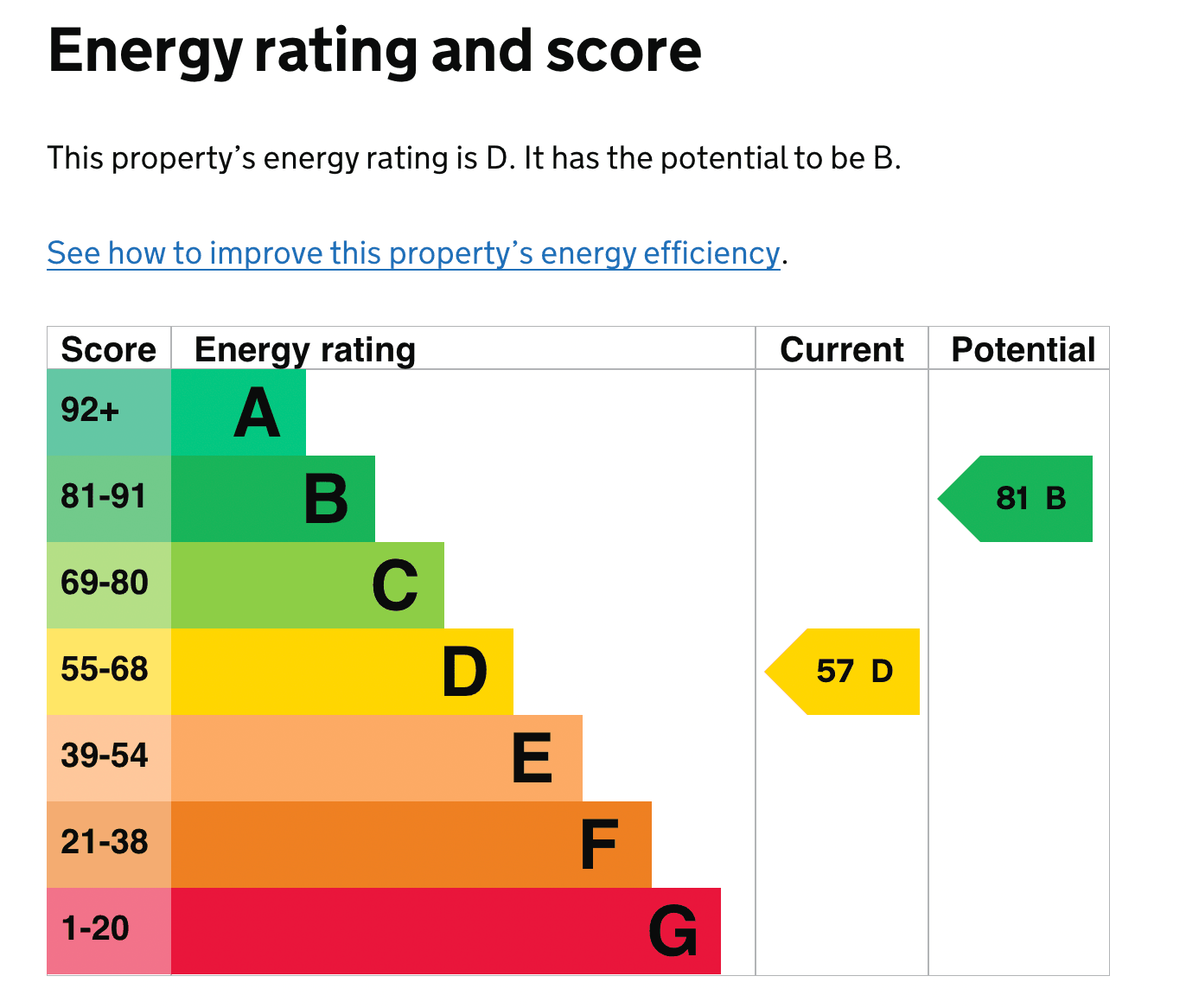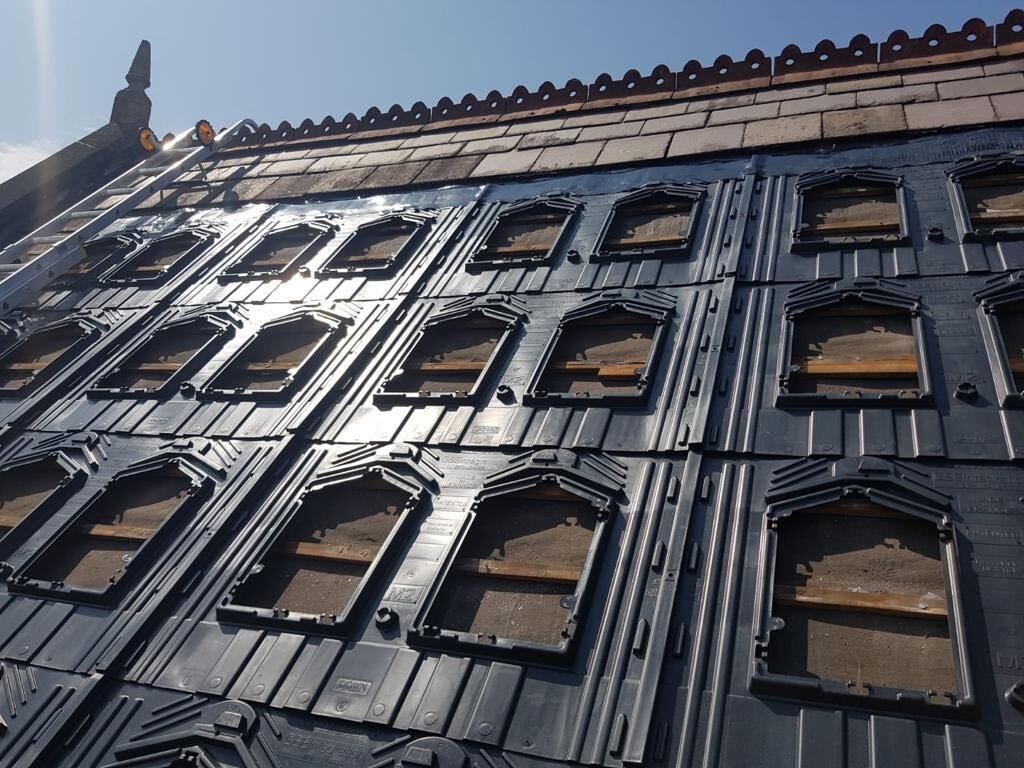Case Study: 38B ST JAMES CRESCENT UPLANDS SWANSEA SA1 6DR
We recently completed the commissioning of a fully renewable student property in Swansea.

The property was an EPC D Rated property costing the occupants £300 a month for their heating and energy needs.
The property had a standard gas boiler for heating and it's insulation was typical for homes of this age.
However as a 6 bedroom student property there was high energy usage and it meant occupants faced expensive energy bills each month whilst being on low incomes.
Located inside a conservation area there were also strict requirements to ensure the measures installed did not alter the general look of the property compared to neighbouring homes.
With this in mind we took our 'Whole Home' approach to find the best solution for the property and aimed to not only meet then potential EPC rating of B but transform the home into an A rated property to wipe out almost 100% of the energy bills whilst reducing its Carbon Footprint close to zero!
We designed a system to ensure all the measures complimented each other and came up with a plan to first tackle the 'wrapping' by upgrading the insulation to ensure energy we produce stays where it should

Second was to look at heat demands based on both the property and high water demands from 6 students wanting to take a shower at the same time. The Samsung 10kw Air Source Heat Pump would generate high amounts of hot water for heating and general use coupled with a 300ltr Samsung hybrid water cylinder to store the hot water being produced ready for instant use.
Third was to look at meeting the energy demands for such a large Air Source Heat Pump whilst dealing with the strict conservation area requirements. We designed a 6kw solar PV system using black panels and fitting them with in-roof trays. This would produce a large amount of energy whilst blending in with the existing Welsh slate roof.
Finally we designed a battery system to store the excess energy production whilst the students were normally out of the property and match the system to an Energy Company smart meter tarrif to pull cheap electricity from the grid during the off-peak times ready for use in the mornings.
